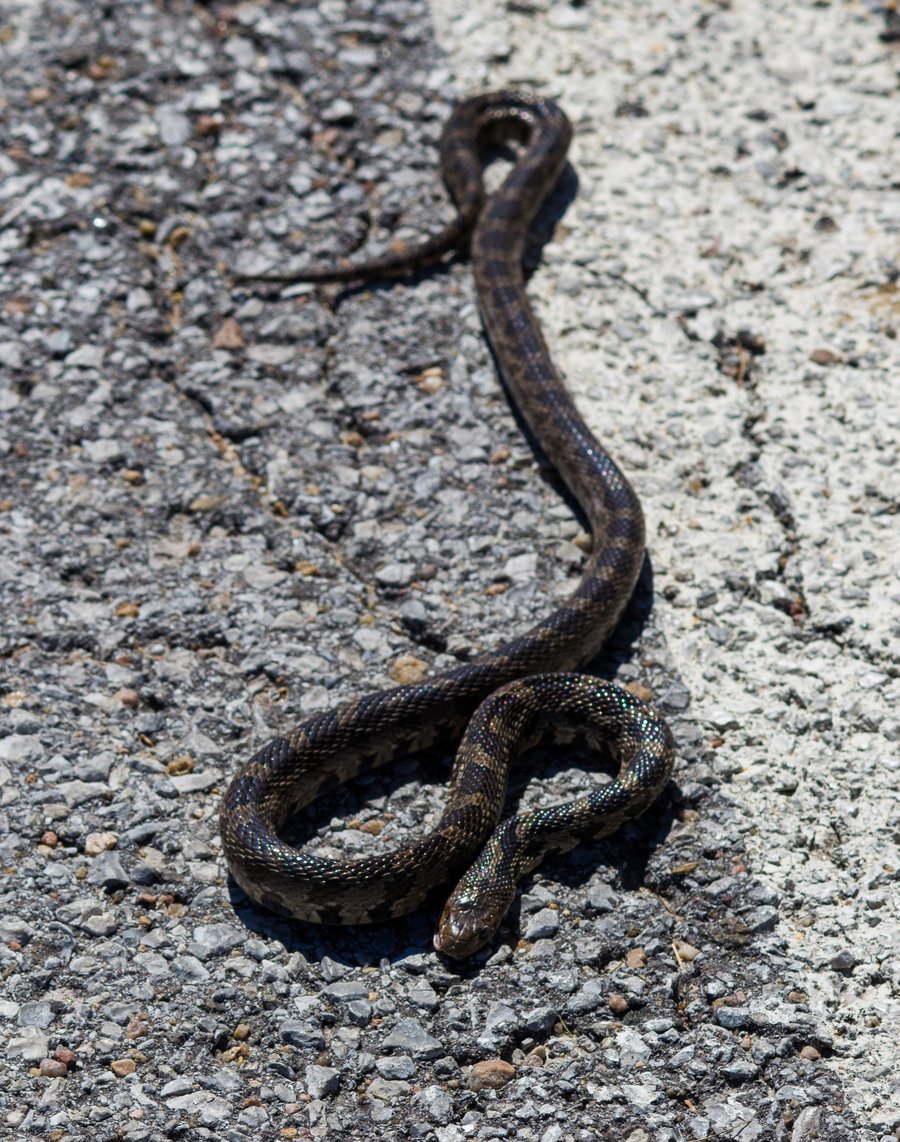Protecting Your Feet — and the Rest of Your Body — from Snakebites

Fifteen potentially dangerous snake species or subspecies call Texas home, but more people die every year from lightning strikes than venomous snakebites, according to the Texas Department of State Health Services. On average, one to two people in Texas die annually from venomous snakebites.
Although snakes are not aggressive and do not “hunt” humans, they are defensive. Most bites occur when a snake is surprised or cornered. Therefore, it’s important to know how to protect yourself and your children from an altercation with the venomous snakes found in Texas that are potentially dangerous to humans:
- Copperheads
- Cottonmouths
- Rattlesnakes
- Coral snakes
Protection around the home
Ongoing population growth and the expansion of housing developments into rural areas that serve as natural habitats for snakes are putting humans into increased contact with venomous species. Bite incidents close to home are statistically high because snakes seek shelter and food in the form of rodents in gardens, sheds, garages and wood piles.
For these reasons, it’s important to:
- Keep woodpiles, livestock pens, storage areas and trash dumps as far as possible from the residence
- Keep the lawn around your home cut low
- Be careful when working around rock or debris piles, overturned boats and similar structures that make great hiding places for snakes and rodents. Never put an arm or leg into something if you can’t see the bottom.
- Wear long-sleeved shirts, long pants and closed shoes (never sandals) when working in these areas and performing outdoor chores such as grass mowing and flower gardening
- Be alert in indoor areas such as basements, crawl spaces and garages. Snakes are able to fit through very small openings, including gaps at the bottom of screen doors and windows.
- Always use a flashlight when moving around your home’s exterior at night
Teach your children to never approach or pick up a snake. Children have the highest incidence of snakebite, and one in four attacks occurs in Florida and Texas, reports CBS News. Snakes love tall grass, so dress your children in long pants and boots when playtime takes them into these areas.
Protection in the wild
Outdoor enthusiasts, ranchers and rural residents have the greatest chances of encountering snakes. When traveling through heavy vegetation or hiking, carry a walking stick to prod uncleared brush. Be especially careful near creek banks.
Because snakebites usually occur when the snake is stepped on, wear leather boots or sturdy high-topped shoes. Hunters can use half-leg guards and chaps from sites like Cabela’s made from snakeproof fabrics that repel strikes and venom. Hikers should be clothed in long sleeves and long pants.
Don’t reach into animal burrows or under logs, two favorite hiding places for snakes.
If you encounter a snake
1) Snakes would rather retreat than strike, so if you do come upon one, freeze in place and let the snake escape. If you must move, back slowly and carefully away from the snake.
2) Don’t kill the snake — even the venomous varieties play an important role in Texas’ ecosystem and are essential for controlling rodents.
3) Never handle a dead venomous snake. “The reflex action of the fangs can inflict a wound for up to 45 minutes after it is killed,” notes the Texas Parks & Wildlife Department.
In case of a snake bite
Seek medical attention immediately, and call ahead to the ER so the hospital can prepare. Remove rings and constricting clothing, and try to keep the injured part of the body below heart level. Keep the victim warm and comfortable, and don’t waste time trying to treat the wound or catch the snake.







